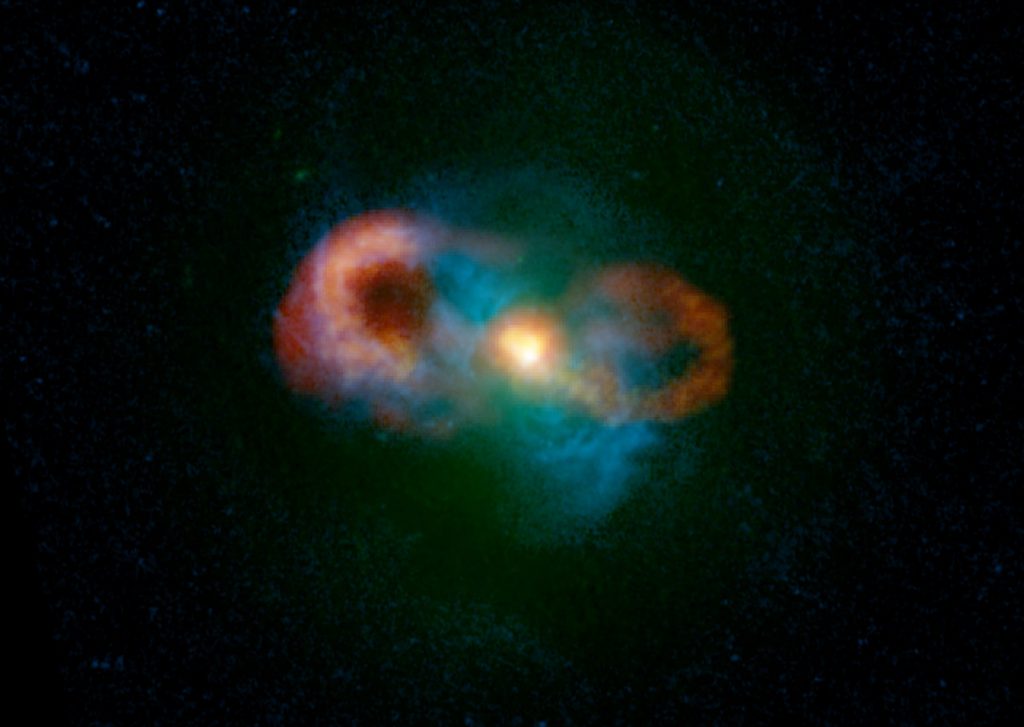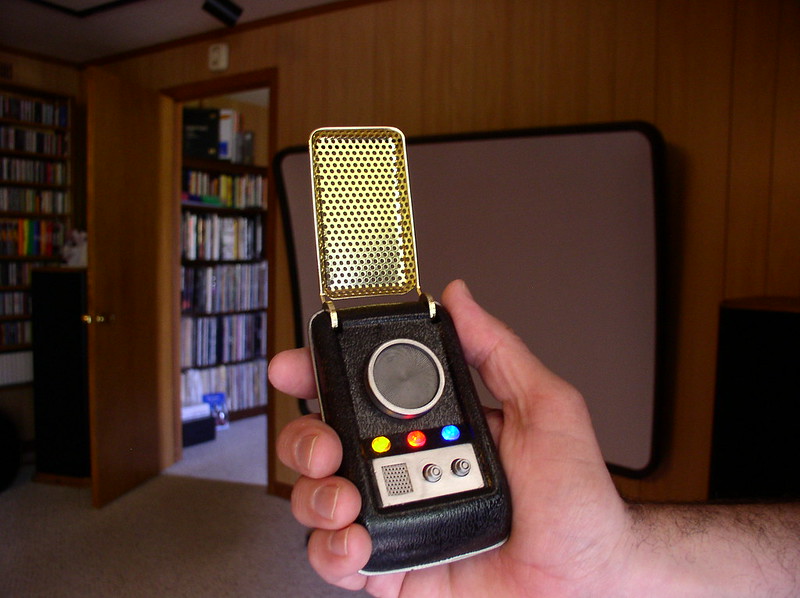
Who are ORCiD?
ORCiD, which stands for Open Researcher and Contributor ID, is a global, not-for-profit organization sustained by fees from member organizations. They are community-built and governed by a Board of Directors representative of membership with wide stakeholder representation. ORCiD is supported by a dedicated and knowledgeable professional staff.
Established in 2012 their mission is:
To enable transparent and trustworthy connections between researchers, their contributions, and their affiliations by providing a unique, persistent identifier for individuals to use as they engage in research, scholarship, and innovation activities.
What is an ORCiD ID?
It is a free, unique, persistent identifier (PID) for individuals to use as they engage in research, scholarship, and innovation activities.
An ORCiD has 16 digits e.g. 0000-0002-1825-0097
Why get an ORCiD?
Researchers can benefit from having an up-to-date ORCiD in many ways. It reduces admin burden, allowing more time for research. It ensures your work is correctly attributed to you by attaching it via your unique identifier not just your name, which may be the same or similar to another researcher. It also tracks your work throughout your career even if you change name or institution. Many publishers and funders now ask for your ORCiD.
How does ORCiD contribute to open research?
If you choose to have your privacy settings set to everyone, it makes your work more discoverable, not just publications but also your employment history, education, funding record and peer reviews. When depositing work to our data repository, it ensures it is correctly attributed. The more accurate we can make the data, the more accessible it is.
ORCiD collaborates with other scholarly PID services, providing transparent reporting of research activities. This fosters global collaboration in research.
For more information on how to link your ORCiD to MyImpact click here. For more information on the benefits of ORCiD for researchers click here.
Stacey Wagstaff – Research Integrity Project Officer, Newcastle University



